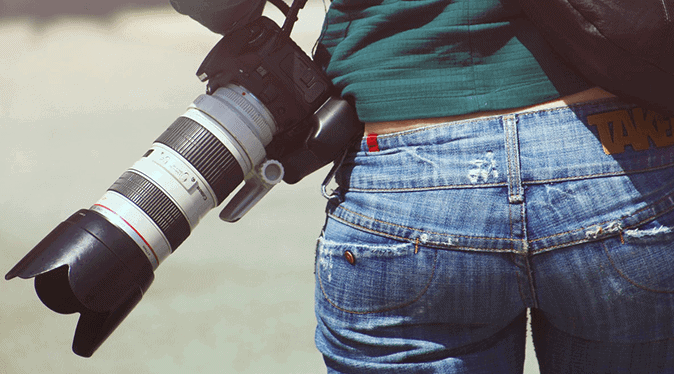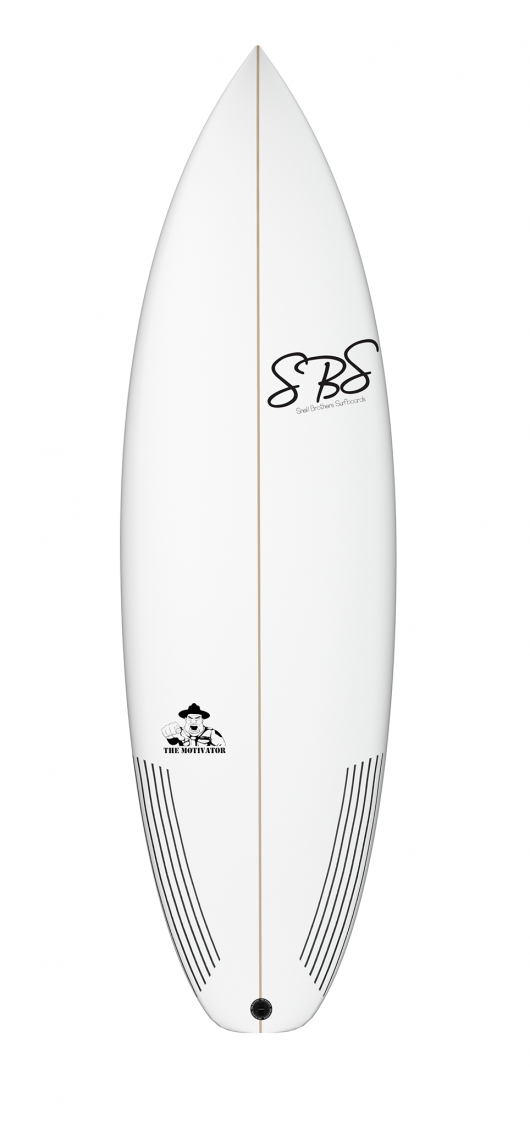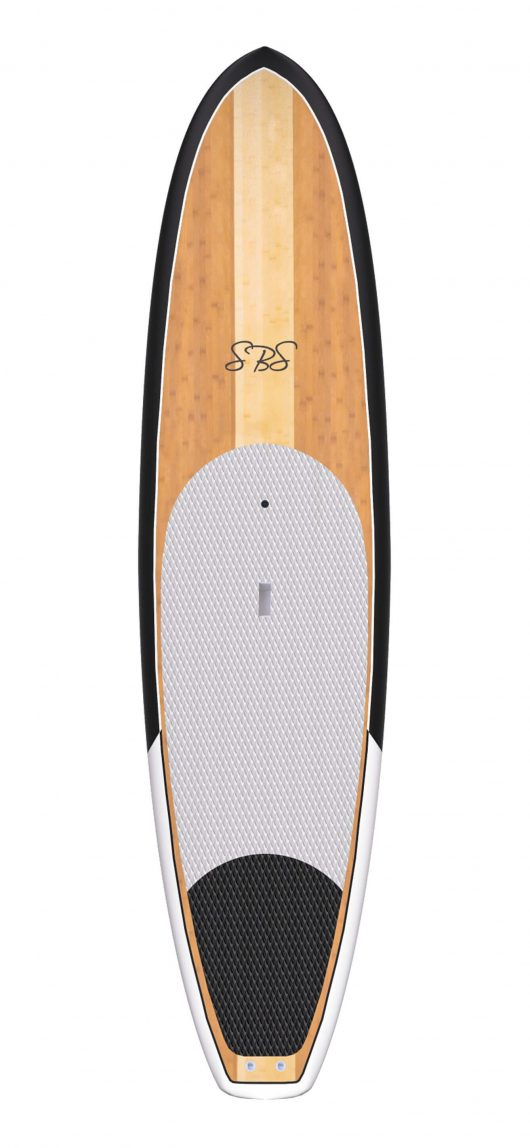Kathy Kohner was born in Brentwood, California. In the mid-50s, the diminutive Kohner began frequenting Malibu and became somewhat of a mascot for the local contingent there, including the likes of Terry “Tubesteak” Tracy, Johnny Fain, and Miki Dora who helped paint the landscape of California surfing.
Nick Gabaldon was surfing’s Rosa Parks. Born in 1927, Gabaldon taught himself to surf in the 1940s at a segregated section of beach in Los Angeles called “The Inkwell,” located 12 miles north of Malibu. Sometime in the late ’40s or very early ’50s, Nick, not owning a car, made the long paddle to Malibu, surfed all day, then paddled all the way back. After following the same routine for nearly a month, some of the local surfers began giving him a lift, quietly speaking volumes and defying conventions in an America that, by enforcing racist lelegislation that weren’t formally dismantled until 1965) prevented many blacks from entering the ocean or swimming pools.
On June 5th, 1951, Nick Gabaldon surfed a solid south swell at Malibu. He was killed after riding into the pier. On February 7, 2008, a plaque in Santa Monica was dedicated to Gabaldon’s contributions to the sport of surfing, and June 1st was named “Nick Gabaldon Day.”
While not much is known of his early childhood (probably because of society’s view on race at the time), Gabaldon was a student at Santa Monica High. The barriers he broke were indicative of the direction America was moving at the time, and his hands were on a small part of a larger wheel.
5. Laird Hamilton
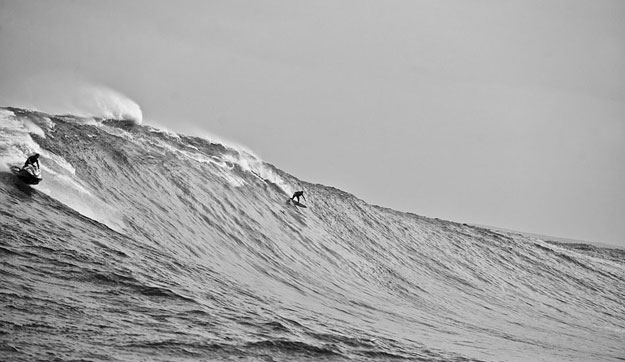
Despite the grumblings of a few in the surf community that Laird’s contributions to surfing have done more harm than good, the mark he’s left on it is undoubtedly a large one: his innovations have shaped the way people surf.
Born in San Francisco halfway through the ’60s, Laird Hamilton‘s father left the family to join the Merchant Marines when Laird was five months old. His mother took him to Oahu and married a man named Bill Hamilton. Laird began surfing at a very young age, largely in part to his mother’s new husband. Sometime in the early ’90s – accounts vary on the matter – former world tour pro Buzzy Kerbox and Laird Hamilton decided to try towing into waves from behind Kerbox’s boat. Tow surfing was born, and in a short period of time, Laird, along with a group of wildmen, had started a PWC-powered revolution, with its headquarters at Maui’s Jaws.
Hamilton excelled at much more that surfing, though: in 1990, he and Buzzy Kerbox crossed the English Channel in just under six hours. He held a European speed record in the mid-’80s after reaching a speed of 36 knots on a sailboard. He invented foil-boarding – which was not exactly an original idea, but the application to surfing was. Although foil-boarding never really took off, it is an reminder of Laird’s dedication to breaking boundaries.
On August 17, 2000, Hamilton broke more of those boundaries when he surfed what was then the thickest, heaviest wave ever ridden. Dubbed the Millennium Wave, his ride at Teahupoo cemented his already solid roll as surfing’s premiere big-wave surfer and rocketed him to an almost legendary status.
#4. Doc Paskowitz
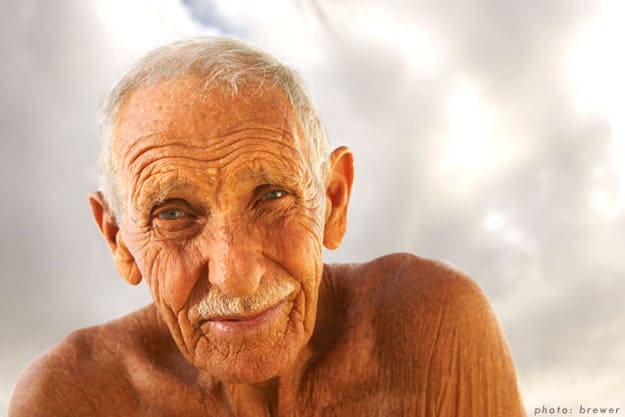
While he would never agree, Dorian “Doc” Paskowitz can be considered one of the earliest pioneers of the shape of today’s surf culture. He spent nearly 25 years on the road, living in a succession of used campers. It is, quite possibly, the world’s longest surf trip. He and his wife raised nine children in those campers, soaking them in the ocean and their idea of how life should be lived.
He and his family have been referred to as “The First Family of Surfing.” Born in Texas in 1921 to a Jewish family, Doc graduated from Stanford Medical School at the age of 25. After a successful stint as a doctor, he packed his wife, Juliette, into a used camper van and started what would become one of the most interesting surf-centric lives ever. He and Juliette ended up raising nine children in a number of different vehicles, always on the move. His take on education, health, and how humans should spend their time didn’t mesh with society’s standards, and his children were steeped in his ideals – which, for the most part, drew few complaints.
Surfing’s slant on searching for waves can be, in part, attributed to Doc. What became a lifestyle that was slightly molded by the ideals found in such films as The Endless Summer was something that the Paskowitz family was unapologetically living, despite the public’s view of how things ought to be done.
#3. Kelly Slater
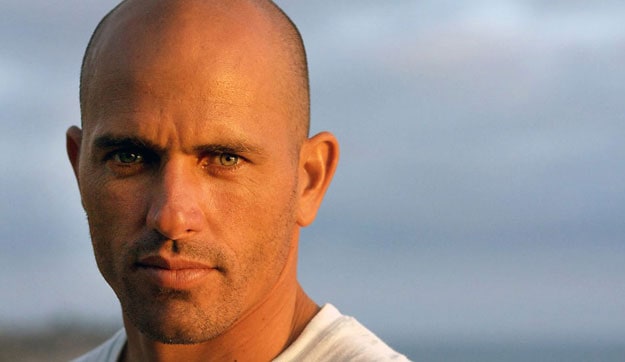
There aren’t too many people in the world of sport that even come close to Kelly Slater‘s accomplishments in surfing. As one of the winningest athletes ever, Slater’s victories span his entire career, starting from his rookie year. In ’91, he took home the Rookie of the Year award. In ’92, he took home the World Title after cementing it at Pipe. The 1990s saw Kelly Slater register possibly the most dominant performance of any athlete in any other sport. Banzai Pipeline was a major part of that dynasty, as he won the Pipe Masters in ’92, ’94, ’95, ’96, and ’99. Not to mention a few Backdoor Shootout titles. For perspective, imagine if Rookie of the Year, Nat Young, won the World Title next year, then continued to win for the next decade. By the time he was twenty, he was the youngest ever world champion.
Slater is from Cocoa Beach, Florida. Born in 1972, he began surfing at the age of six. By the time he was eleven, he was so far ahead of his competition it didn’t seem fair – winning four consecutive United States Surfing Championships. At eighteen, he turned professional and started on the road to where he is now: the best competitive surfer the world has ever seen.
In 1992, Slater took the role of Jimmy Slade on the hugely popular Baywatch, effectively rocketing him into star-status – and bringing surfing to the masses in a way that no one had before. After winning his sixth world title in 1998, Slater retired from full-time contest surfing. He started a band (which didn’t do very well, unlike almost everything else he touches) with Rob Machado and Peter King, fittingly and somewhat unoriginally called the Surfers.
In 2002, he returned to competitive surfing, and after a brief warm-up for the first year, Slater ran into Andy Irons and started surfing’s most-watched rivalry. By 2011, he had broken every pro surfing record. His home state of Florida has a Kelly Slater Day and a 10-foot tall statue of him. GQ Magazine called him one of the 25 Coolest Athletes of All Time, Surfer Magazine called him the Greatest Surfer of All Time, the U.S. House of Representatives passed a bipartisan resolution honoring Slater’s competitive achievements, and one of his surfboards is in the The National Museum of American History at the Smithsonian. Not bad for a guy that slides around on top of the water on a piece of foam.
#2. Miki Dora
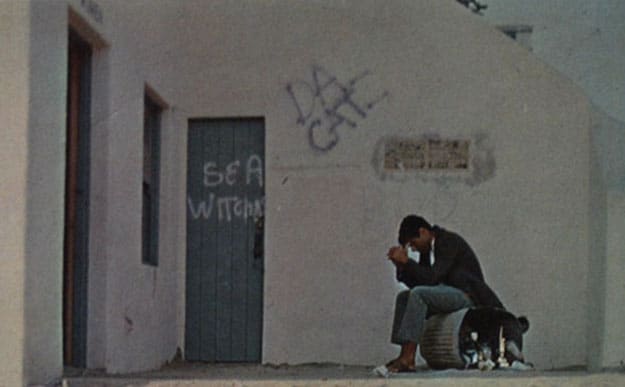
Miki Dora is, in large part, responsible for the rebel-side of surfing. The undisputed king of Malibu in the 1950s and early ’60s, “Da Cat” rode with what is possibly the most definitive style in surfing’s history. On and off the waves, Miklos “Miki” Dora carried himself in such a way that attracted throngs of followers and hangers-on, much to his very apparent disdain. Thought of as somewhat of a walking contradiction, Miki seemed to often seek out attention, then that is whoever gave it to him. For all of his fame and press, Dora remains today one of the least known surfers. While much of his personal life has been exposed on paper and in countless books, one thing that remains constant in almost all of them is his aura of mystery, who some say was slightly affected in an effort to stay in the public’s eye. He spent much of his life as a loner, not for lack of people in his life, but for his own personal dislike for most of them. “I don’t expect everyone to live my life,” he said in an interview. ”Why should they? It’s pretty lonely.”
Born in 1934 in Budapest, Hungary, Dora’s parents divorced before he was ten. His mother married a surfer named Gard Chapin from California, who, according to David Rensin in All For a Few Perfect Waves, drank heavily in his later years. Chapin was regarded at one point, as California’s best surfer, and introduced Miki to the sport at a young age. As a teen, he spent most of his time bouncing from San Onofre to Malibu, and frequented spots in between. As he grew older, though, he spent more time at Malibu, eventually mastering the wave in a way that no one had before, or has since. He turned his back on the Gidget-era, horribly disappointed with how Hollywood’s intervention on his beloved lifestyle changed it forever, but conflicted at how easy it was for him to make a quick buck in it, part of the epicenter of the movement.
Dora died of cancer in 2002 at the age of 67, after a troubled few decades. A warrant was issued for his arrest in the early ’70s, which was quickly followed by a few more. By the mid-7os, he was on the run, and stayed that way until 1982, when he spent most of that year in jail. One of the most fitting descriptions of Miki Dora came from a London Times obituary that described him as a “West Coast archetype and antihero . . . the siren voice of a nonconformist surfing lifestyle.”
#1. The Duke
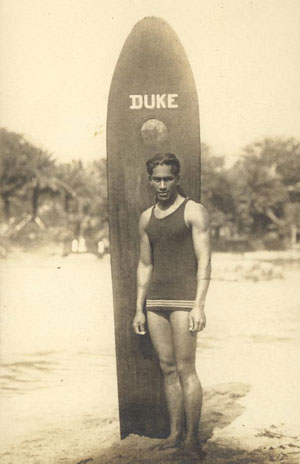
Duke Kahanamoku is hailed as the father of modern surfing. A full-blooded Hawaiian from Honolulu, Hawaii, the Duke is responsible for spreading a view of surfing that has since soaked into the masses and stuck fast. Born in 1890, the original Beach Boy was the first of five children, all of which turned into extraordinary watermen in their own right. Kahanamoku however, was head and shoulders above them all. At the young age of 20, he broke the American short-distance swimming record for the 50-yard sprint and the beat 100-yard world record by almost five seconds. The next year, in 1912, he set another world record at the Olympics in Stockholm, Sweden. In 1920, he won gold in the both the 100 and 400-meter freestyle relay.
All this acclaim brought him–and his surfing–to the forefront of the public’s perception of watermen.
After a disc jockey from Honolulu became his manager in 1961, the Duke became the face of a litany of businesses that used his surfer image paired with the now-popular Hawaiian lifestyle.
At the age of 77, Duke Kahanamoku died of a heart attack, after a lifetime of piling the building blocks that would become modern surfing. He was named Surfer of the Century in 1999, and the U.S. Postal Service issued a stamp honouring him in 2002.
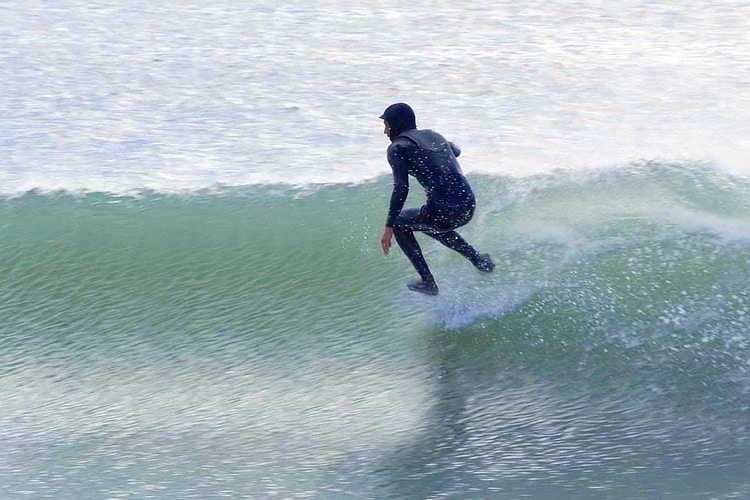

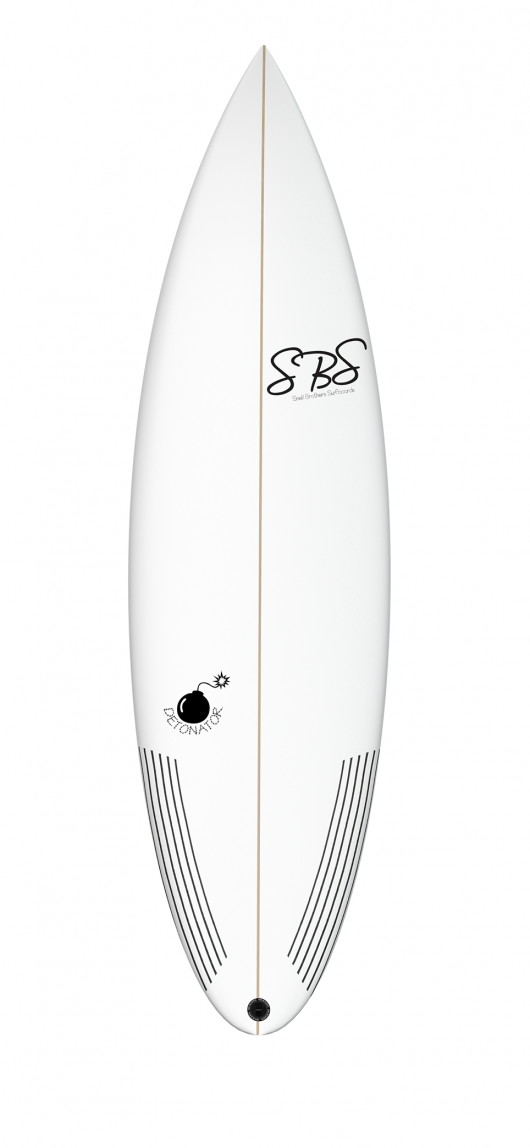
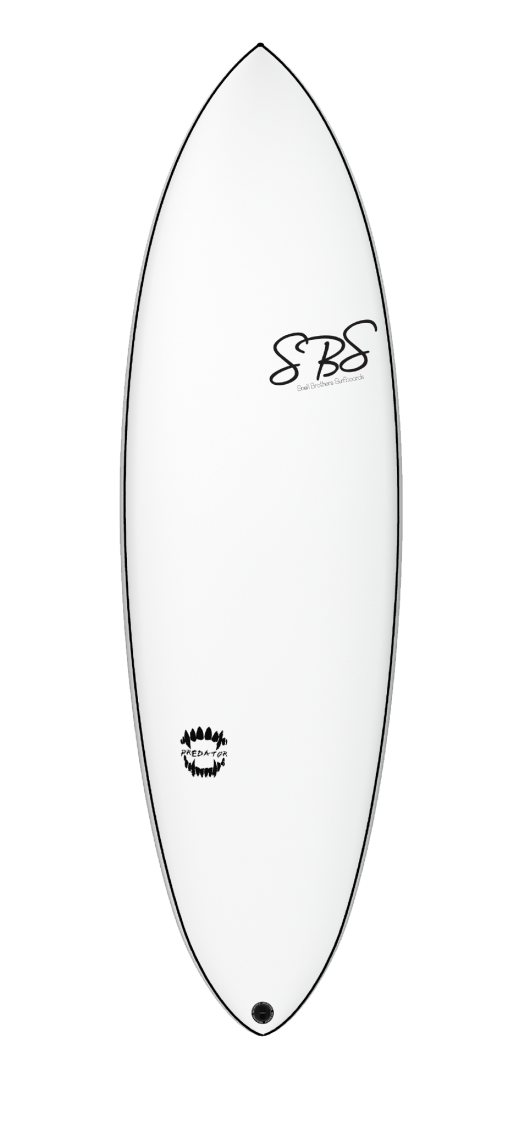
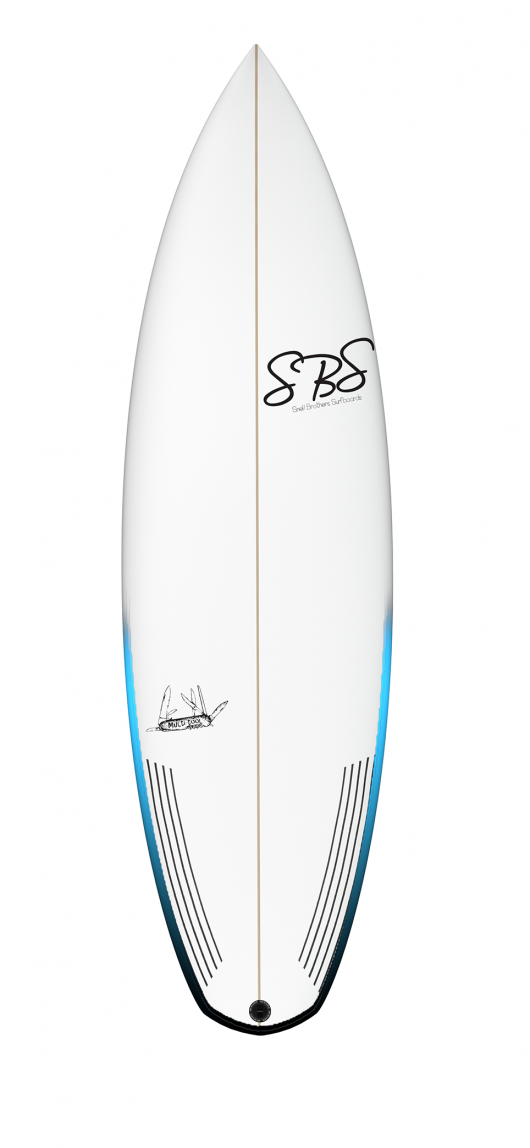
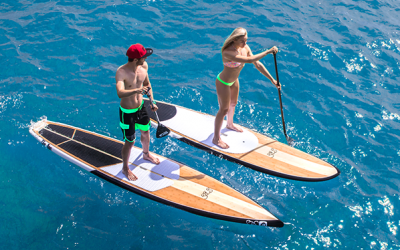
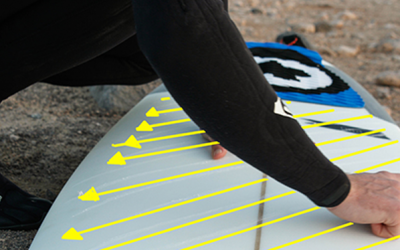
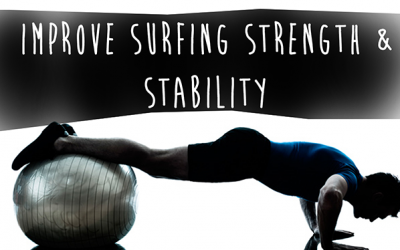
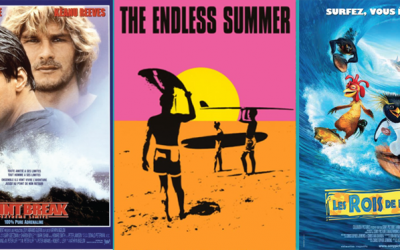
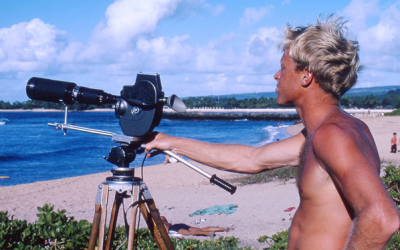
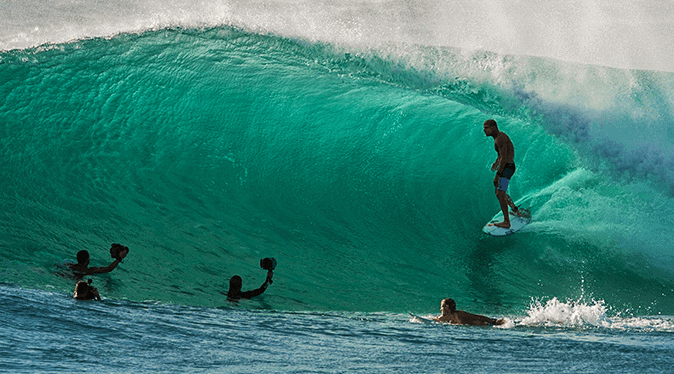
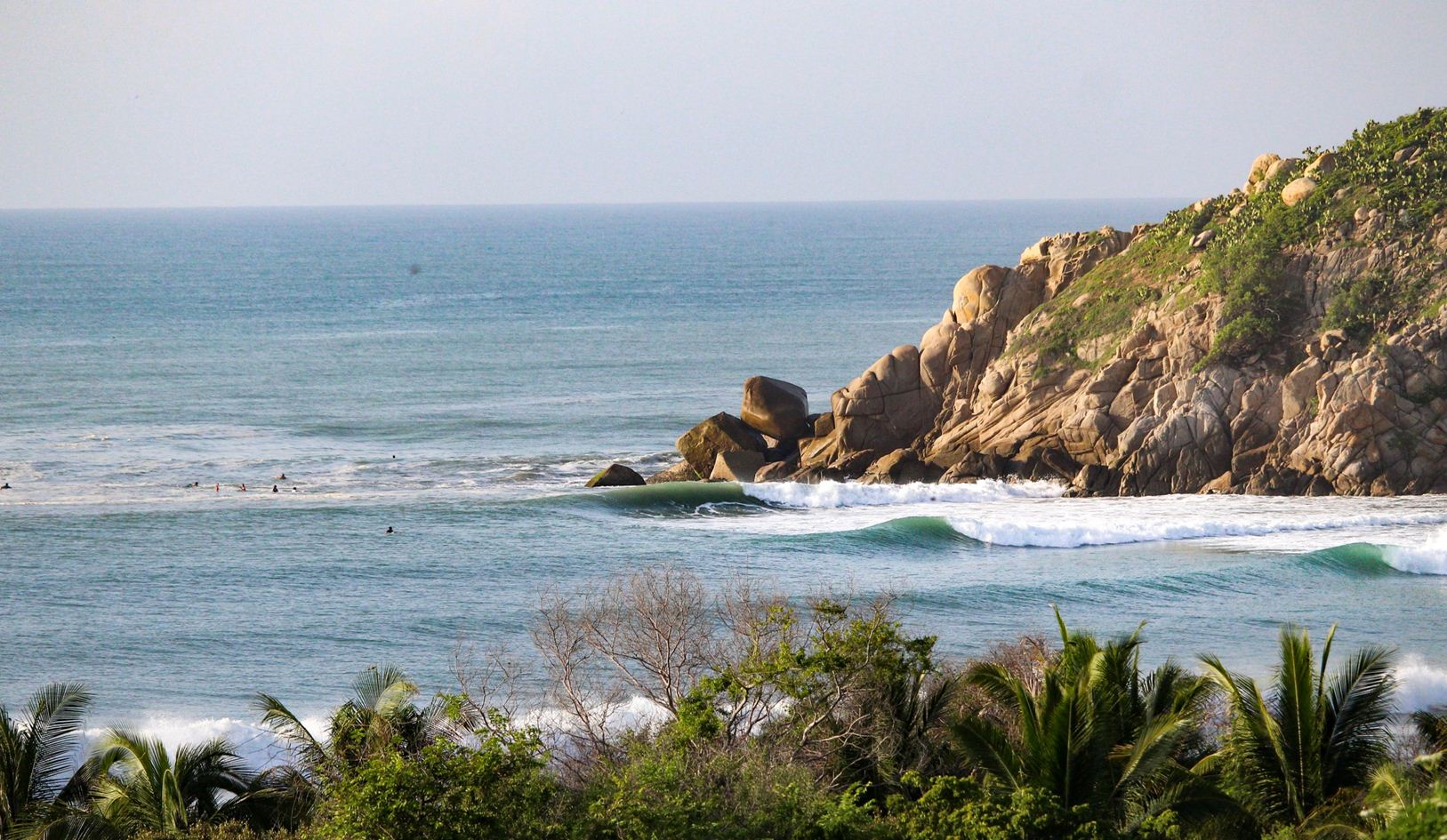



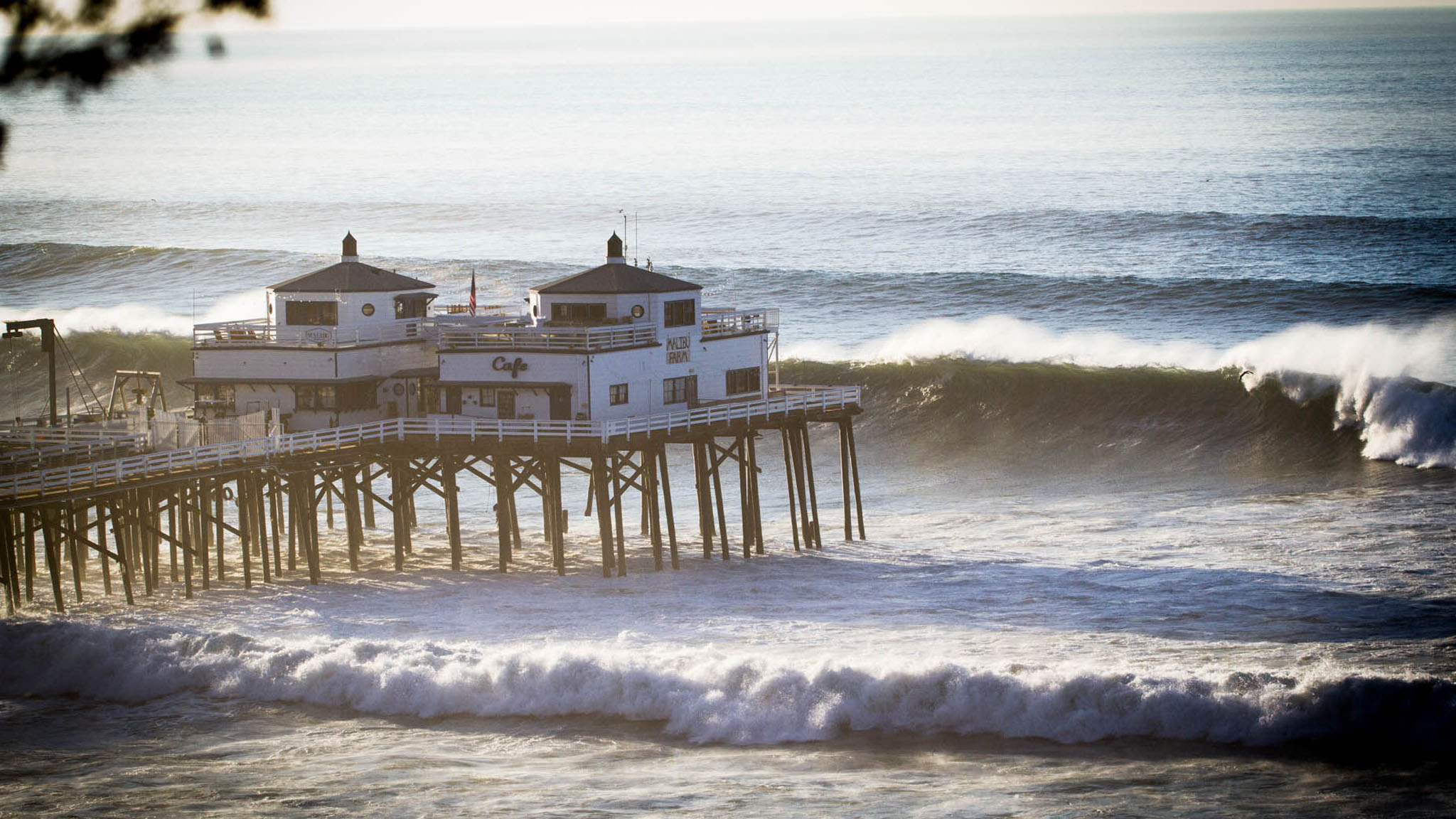

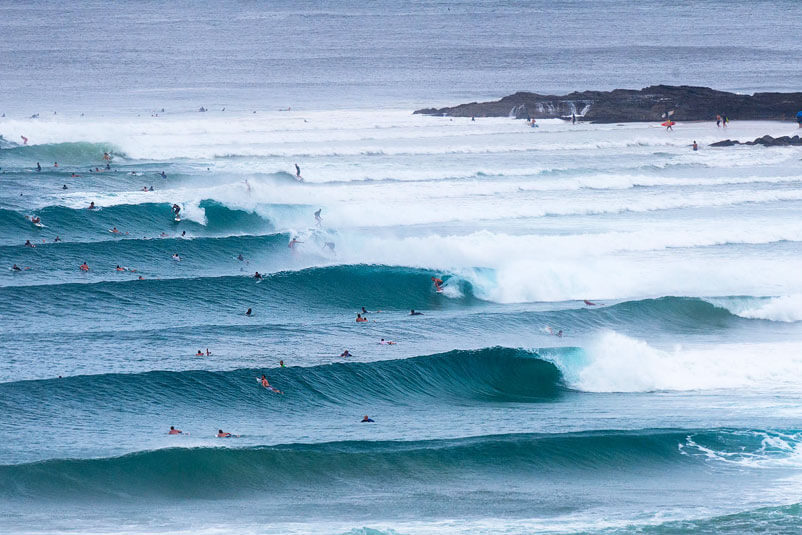

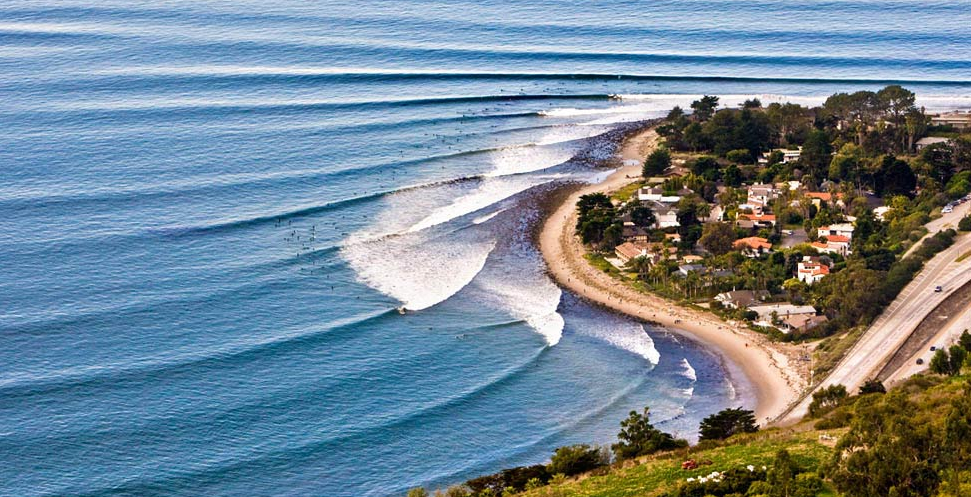

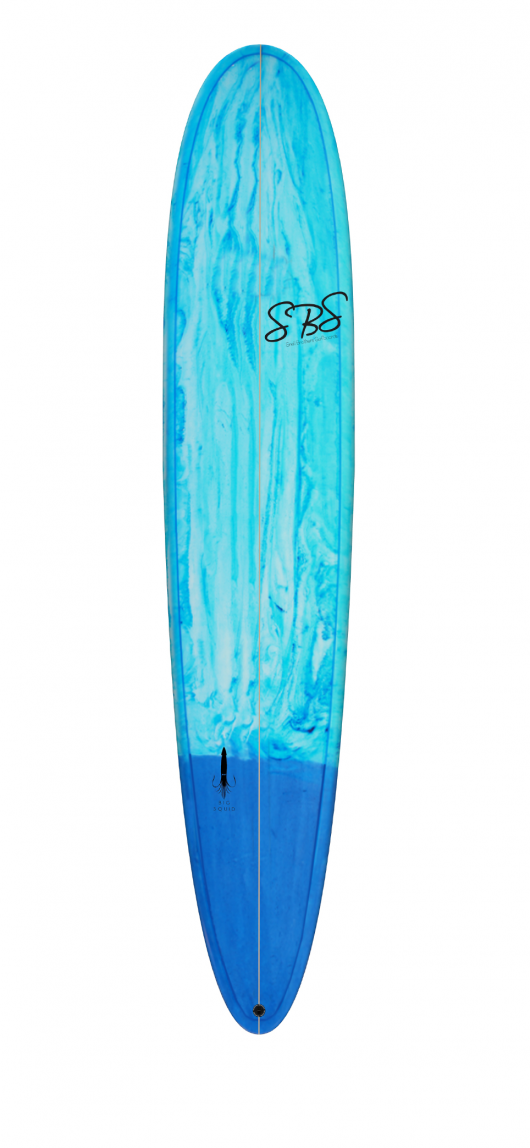
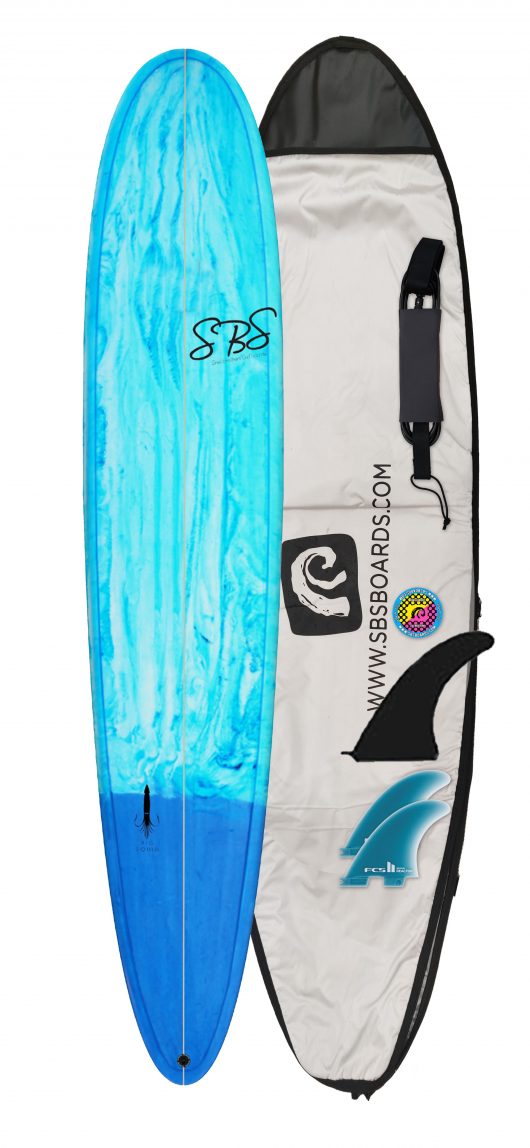
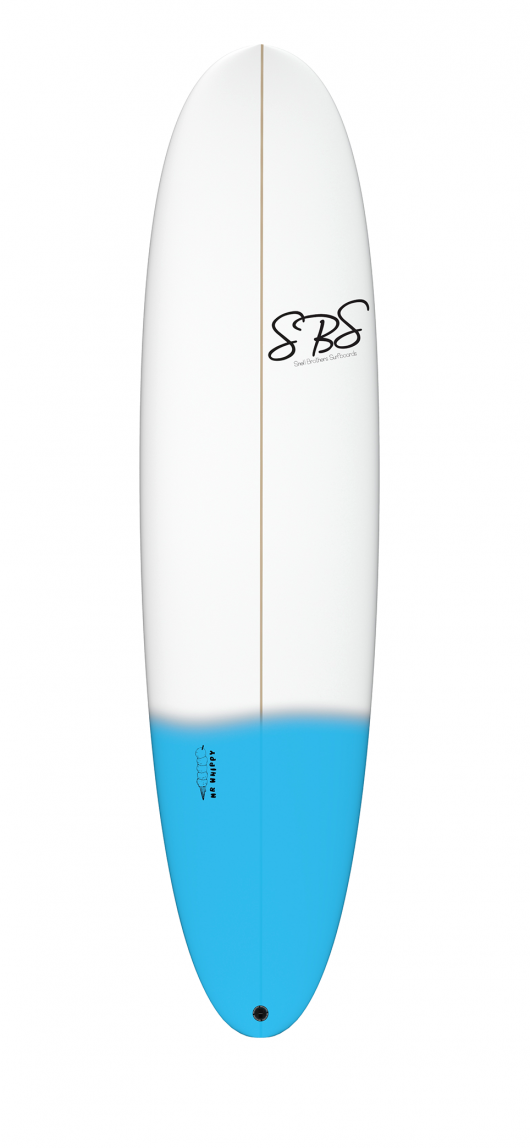
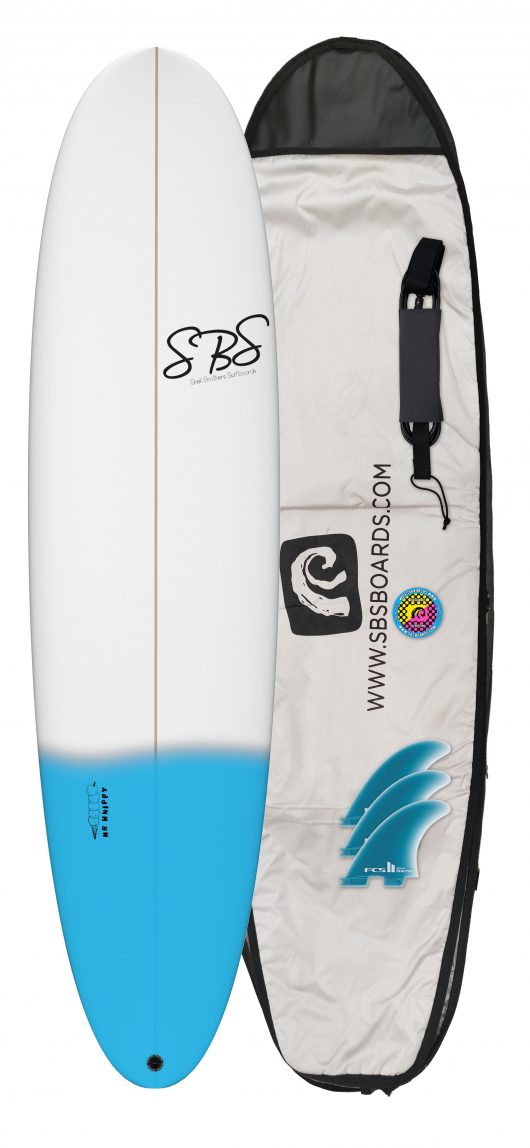
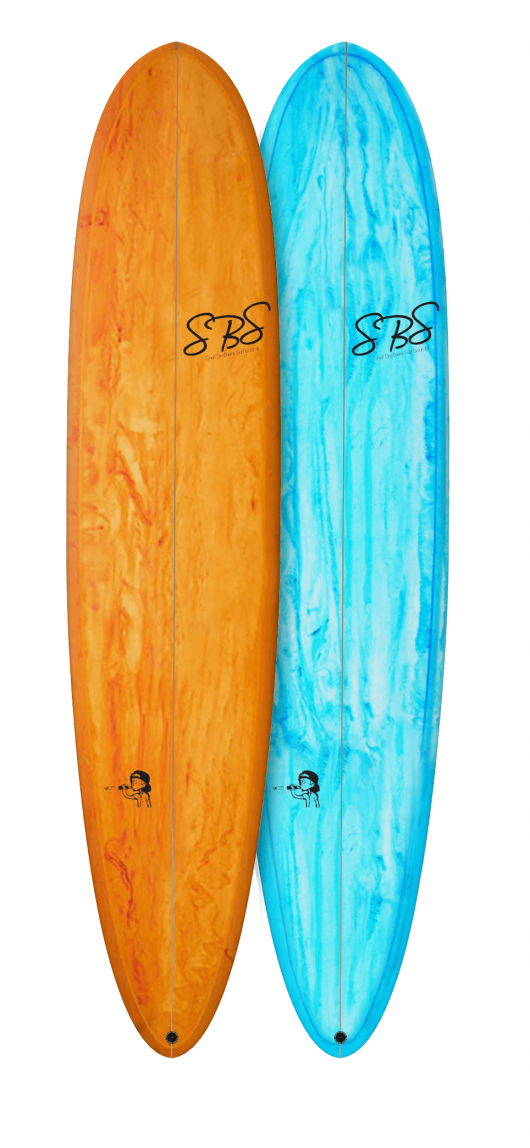
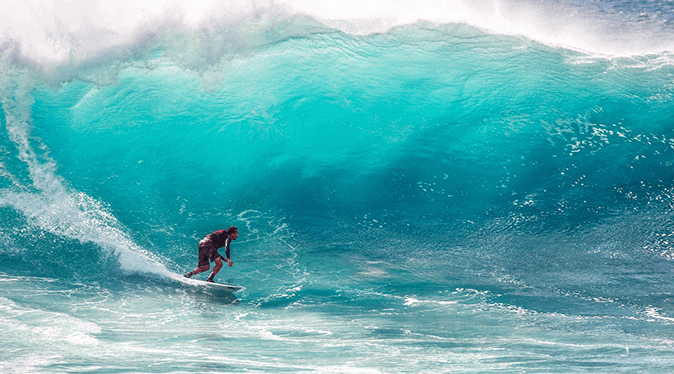
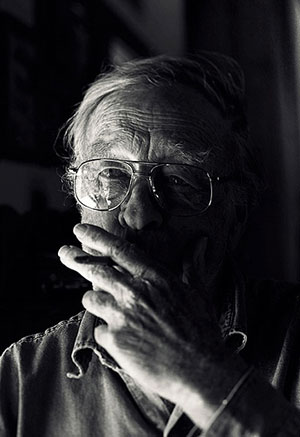
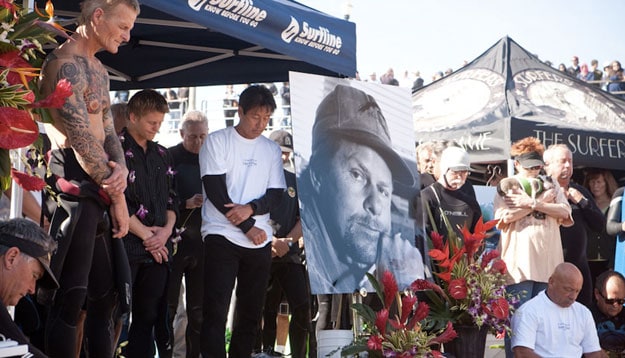
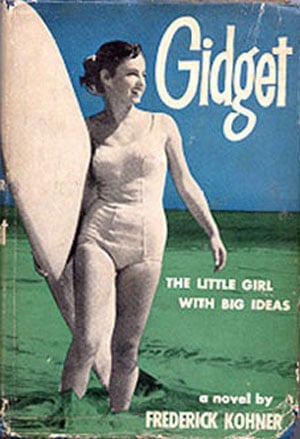
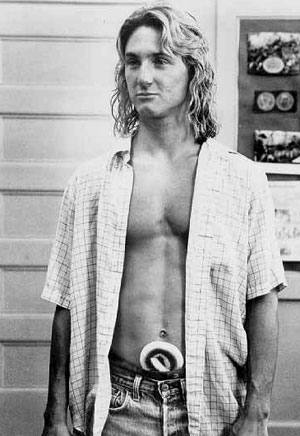
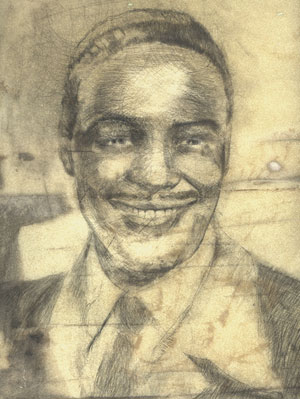





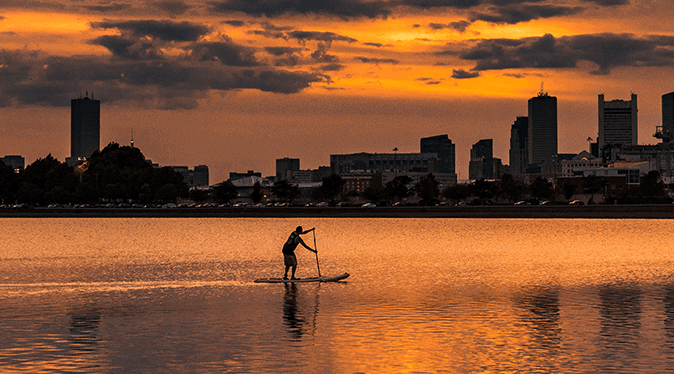
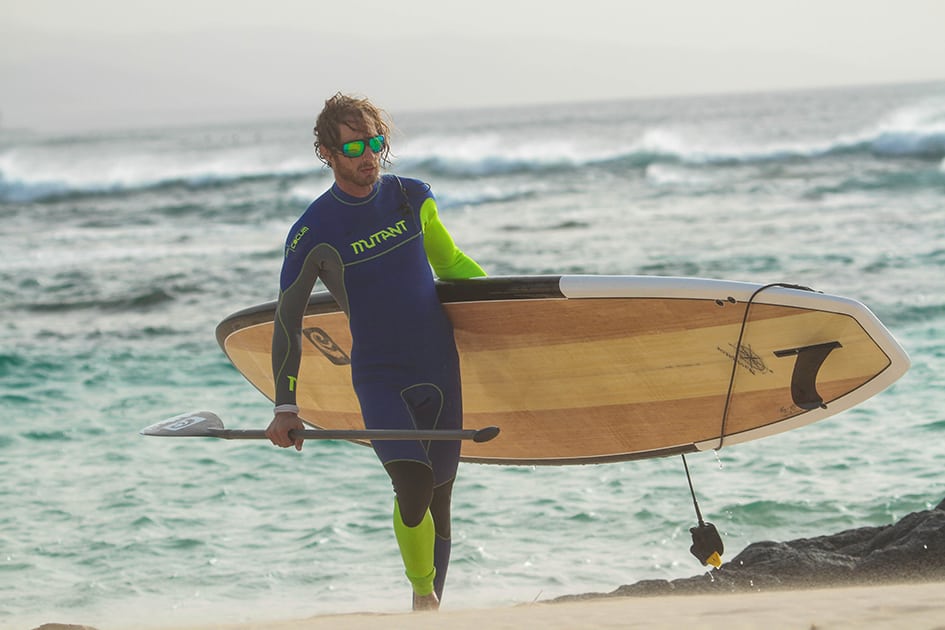
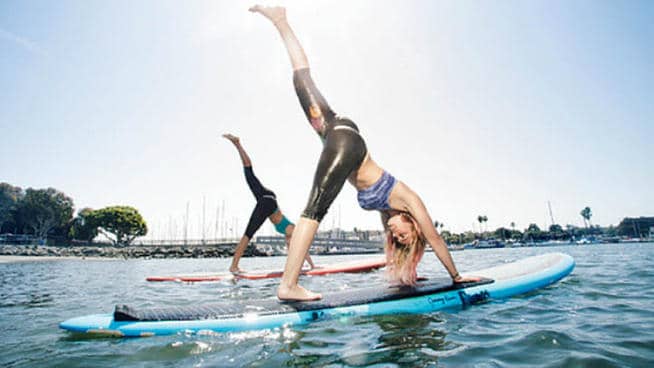 Yoga and paddle boarding are a perfect combo as yoga can be very spiritual and using the paddleboard surroundings as a catalyst for a more enjoyable and relaxing experience is a great idea. Using the paddleboarding adds an extra dimension of balance to the activity. This can be a lot of fun as well as very challenging for someone who is already an experienced practitioner of yoga. In addition, the ambience that is associated with paddle boarding is far more pleasant and relaxing than being in a cramped gym or fitness studio. The sun and water will enhance the experience greatly.
Yoga and paddle boarding are a perfect combo as yoga can be very spiritual and using the paddleboard surroundings as a catalyst for a more enjoyable and relaxing experience is a great idea. Using the paddleboarding adds an extra dimension of balance to the activity. This can be a lot of fun as well as very challenging for someone who is already an experienced practitioner of yoga. In addition, the ambience that is associated with paddle boarding is far more pleasant and relaxing than being in a cramped gym or fitness studio. The sun and water will enhance the experience greatly.